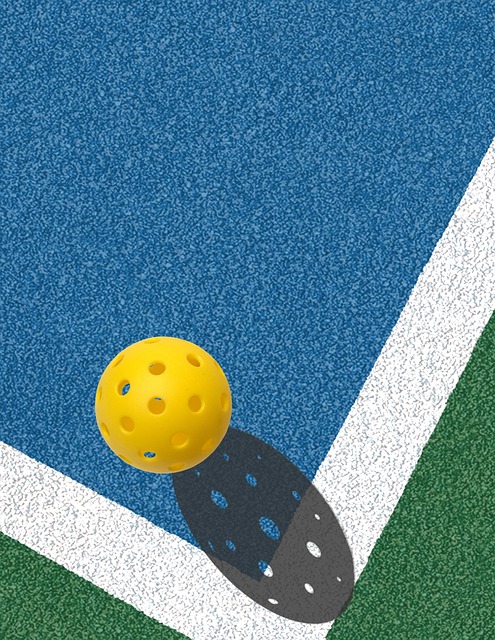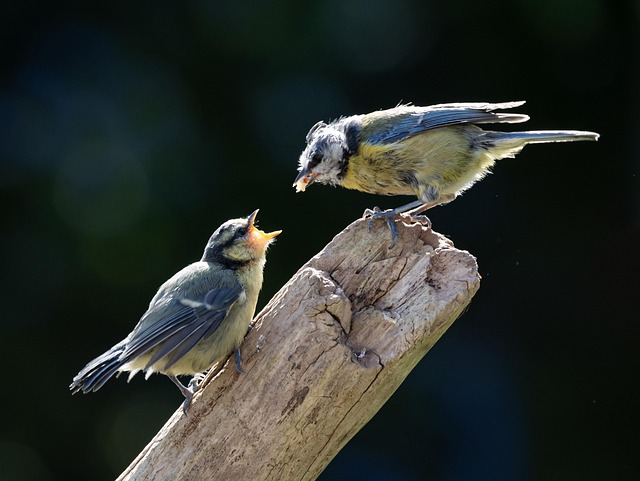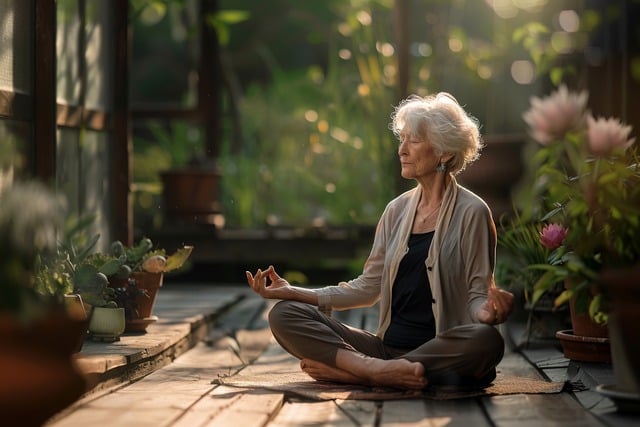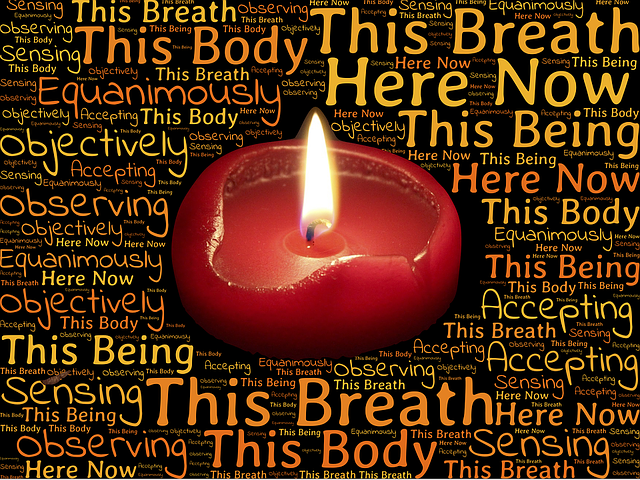Flare-ups are a common occurrence with Mast Cell Activation Syndrome (MCAS) – triggers (such as food or chemical intolerance) can exacerbate existing symptoms of immune hyperactivity or be a catalyst for new symptoms to occur. Managing these flare-ups is a constant challenge for someone like me who has MCAS, as their occurrence is often unpredictable and, sometimes, confounding.
Creating a story from a single object or event
At our October Creative Meetup, an online group for writers-with-chronic-illness, we were introduced to the idea of writing a story from an object. Our facilitator, Jennifer Crystal, showed a video of Billy Collins reading his poem, Lanyard, as an example of how this is done.
The idea of focusing on an event or object is also illustrated by Melissa Febos in her book, The Dry Season, a memoir about her conscious choice of twelve months of celibacy after a tempestuous time of cyclical relationships that proved to be harmful to her health and self-esteem. In particular, she focused on her “maelstrom”, a two-year toxic relationship with another woman that proved to be controlling and destructive and was the catalyst for her chosen period of celibacy.
Throughout her memoir, Melissa revisits this event (story object) to highlight its impact and to serve as a benchmark against which to evaluate other potential relationships. Her period of celibacy was designed to provide sufficient distance from the maelstrom to facilitate self-insight, overcome her fear, find herself again (having suffered from “the-need-to-please”) and to achieve peace with her experience of the maelstrom.
Creating my story of a recent flare-up
At our Creative Meetup, we were encouraged to write our own story using one or both of the following prompts:
- Make a list of five prompts you associate with your story. Pick one and write about it (poetry or prose) OR
- Write something (poetry or prose) that includes all five objects.
I chose to address the second prompt and drafted a poem around the five objects I identified that were associated with my recent flare-up:
fish, hives, rash, poisoning, pain
The poem that I have included at the end of this post is the outcome of my writing and reflection as well as the group sharing and discussion that occurred during the Meetup session. Participants shared their writing and their vulnerability in stunning prose and poetry (given they had only 20 minutes to write their story).
A flare-up from fish poisoning
My story began with having Red Emperor, a wild-caught fish, for dinner. I am allergic to soy so I avoid farmed fish that are typically fed on soy products. I thought it would be safe to eat the Red Emperor as it is not farmed but wild caught in deep waters such as those off the coast in Northern Australia.
What I experienced, however, is an immediate reaction to the Red Emperor (unlike previously where I had eaten it without negative consequences). My body reacted strongly this time – resulting in a bright red rash on both upper arms, accompanied by itchy hives and a burning sensation on my affected skin as well as night sweating and headache.
This led me to do personal research on “fish allergy”. What I established is that there are two major forms of fish poisoning:
- ciguatera poisoning
- scombroid, also known as histamine poisoning.
My first thought was that I had experienced histamine poisoning given histamine intolerance stemming from my MCAS chronic illness. However, on further research, I established that the reaction is more likely to be caused by ciguatera poisoning. The symptoms of each form of fish poisoning are similar but the causes differ substantially; a distinctive symptom of ciguatera poisoning is “extreme itchiness” which was my experience.
Histamine poisoning is caused by bacteria developing on dead fish that have been stored ineffectively (e.g. not deep frozen or stored on ice). Ciguatera poisoning, in contrast, results from the food chain which commences with small fish eating marine toxin produced by algae in reefs and being consumed by larger reef fish which are then consumed by humans.
Ciguatera poisoning is more common in fish that live in warm waters and “spend some or most of their time in reefs”. Red Emperor is explicitly implicated in carrying this form of fish poisoning. Freezing, cooking or cleaning do not destroy the ciguatera toxins. The presence of ciguatera toxins are not visually detectable, nor can allergy to the toxin be detected by allergy testing.
Recovery from ciguatera poisoning
A disturbing fact is that ciguatera poisoning symptoms can recur without further exposure to a poisoning source. The likelihood of symptom recurrence is increased by drinking alcohol. Recommendations for recovery include avoiding fish for at least 6 months and abstaining from alcohol for 3 months after eating the toxic fish.
A detailed article on ciguatera poisoning in the National Library of Medicine maintains that relapses in symptoms “may be triggered by consuming alcohol, nuts, seeds, fish, chicken, and eggs”. The authors advise that “patients should be counselled to avoid fish, caffeine, alcohol, and nuts within 6 months of poisoning”.
The itch and burning sensation from ciguatera poisoning made it difficult to sleep despite the use of Dexeryl – “an emollient cream that reduces irritation, itching and scratching”. Eventually, I had to resort to using Eleuphrat, a type of Cortisone cream, to reduce the itch and pain and enable me to sleep.
I have had a series of flare-ups since the initial contamination after eating Red Emperor. The first was following a glass of wine; the second after eating a salmon and avocado sushi roll. Others involve accidental consumption of egg or chicken. Research has shown that farmed salmon, typically used in sushi, can lead to ciguatera poisoning because of toxins in the fish food.
One of the problems associated with fish poisoning is that you can tolerate a particular type of fish at one point and yet at a later time react severely to eating it, sometimes with fatal consequences. For example, a newspaper report recounted the case of a father-to-be who collapsed after eating barramundi at a restaurant and died five days later in hospital. He had experienced tingling in his mouth a few years before when eating barramundi. A Victorian health website identifies barramundi as one of the more common causes of fish allergy.
Reflection
It is easy to jump to a conclusion re the cause of symptoms without undertaking the necessary research and/or seeking medical advice. The problem of accurate diagnosis of symptoms is compounded by cross-contamination and the commonality of symptoms (e.g. hives and rash) among various food allergies.
For example, consumption of coffee can cause a rash and itchy hives resulting from histamine poisoning caused by impurities in coffee such as “molds, mycotoxins, pesticide residues, yeasts, and other biogenic amines”. Purity Coffee seeks to provide quality coffee beans and a coffee process to avoid these issues and enable people with MCAS and histamine intolerance to have their regular coffee.
We can be more mindful of the factors influencing our symptoms if we take time to research and reflect on our findings and related experiences. As we grow in mindfulness, we can become more self-aware and conscious of what is impacting our body and develop creative ways of achieving recovery from ill-health.
I developed the following poem In reflecting on my experience with ciguatera poisoning:
The Flare-Up
Flaring up like a campfire flame,
fighting feverishly a toxic invader.
Redness spreading across swollen ridges,
a painful path of itch and burning sensations.
Awash in a sea of marine toxins,
overwhelmed by a challenged immune system.
Elimination diet a testing time,
complex interactions of food and drink.
Seeking answers through research and inquiry,
wild caught fish traced as the trigger.
Unanswered questions,
uncertain future,
unpredictable outcomes.
Where is my anchor?
__________________________________________
This post is provided for information purposes only and is not intended to replace personal medical advice provided by a trained medical practitioner. Please seek advice from a qualified professional before deciding on treatments for yourself or other members of your family. This article reflects my personal patient experience – MCAS and related diseases affect each individual differently. I frequently share my research findings with my medical practitioner and this informs my treatment.
____________________________________________
By Ron Passfield- Copyright (Creative Commons license, Attribution-Non-Commercial -No Derivatives.
Disclosure: If you purchase a product through this site, I may earn a commission which will help to pay for the site, the associated Meetup group and the resources to support the blog.









